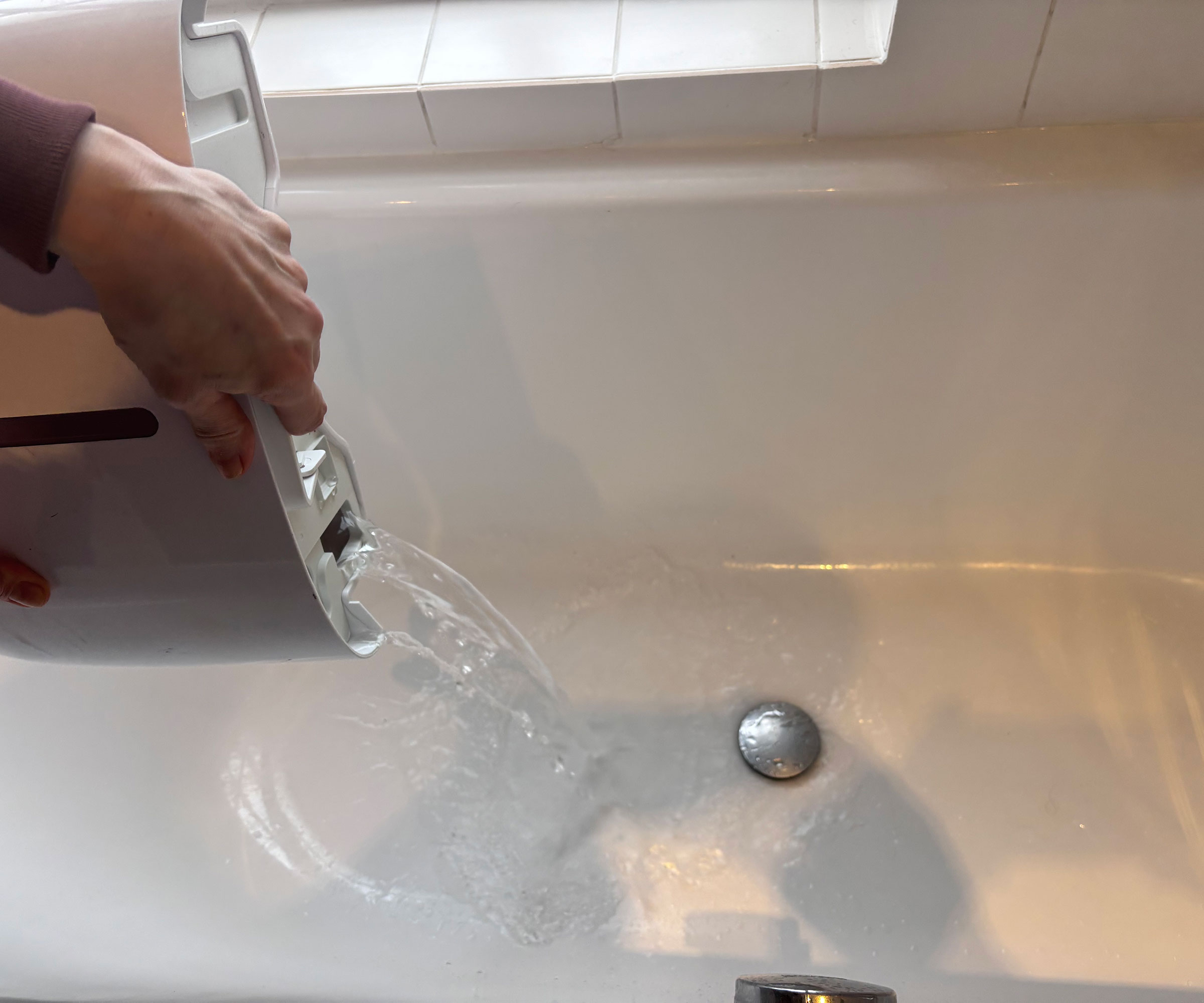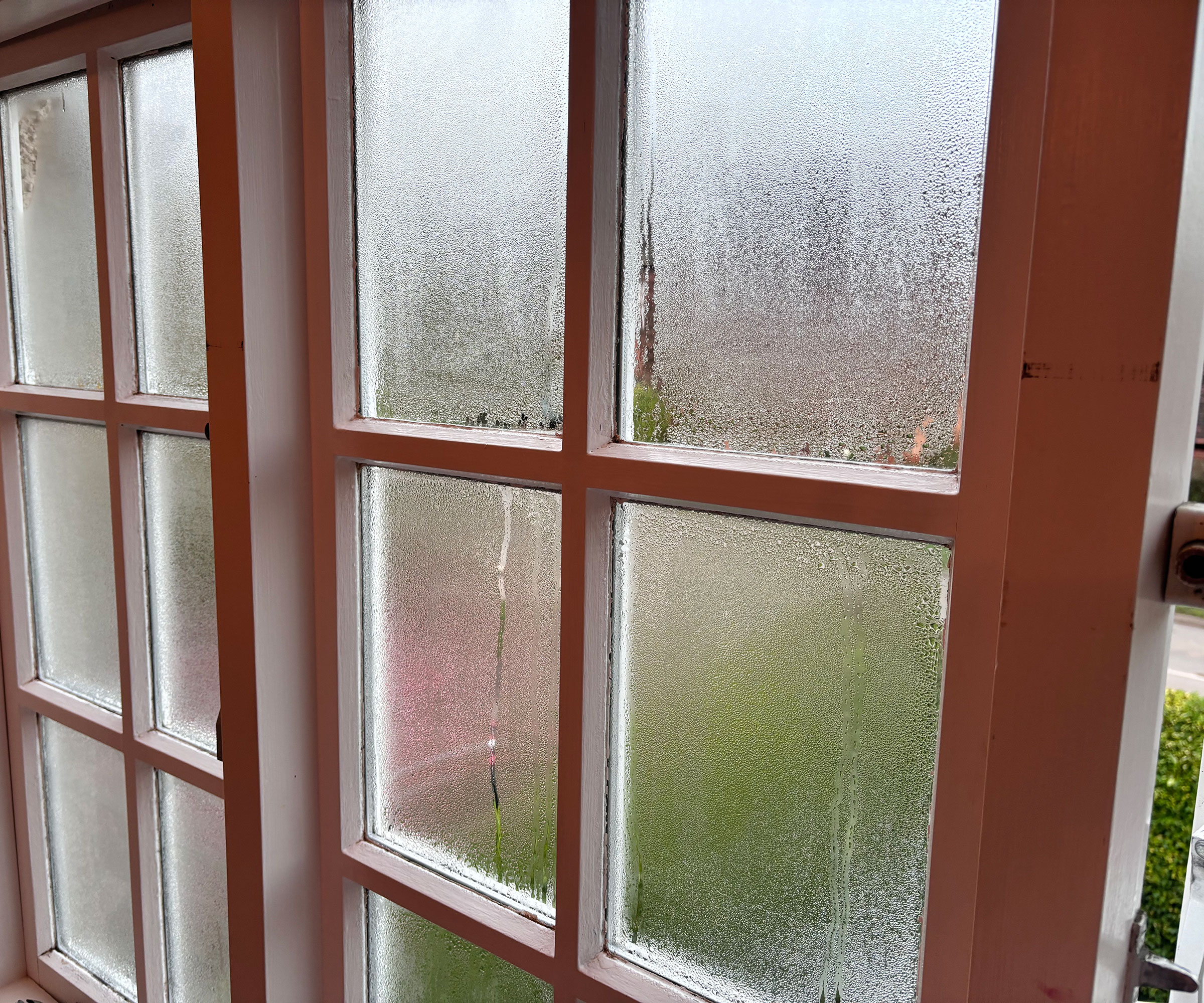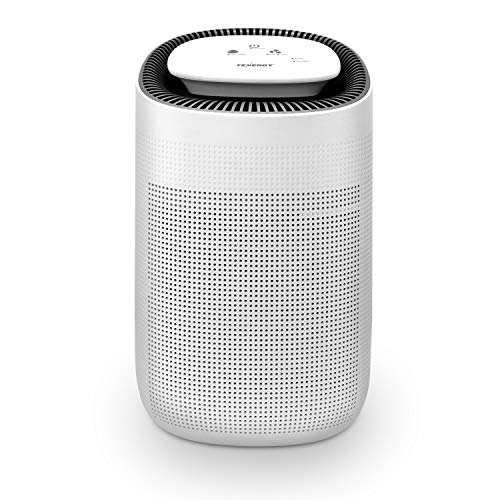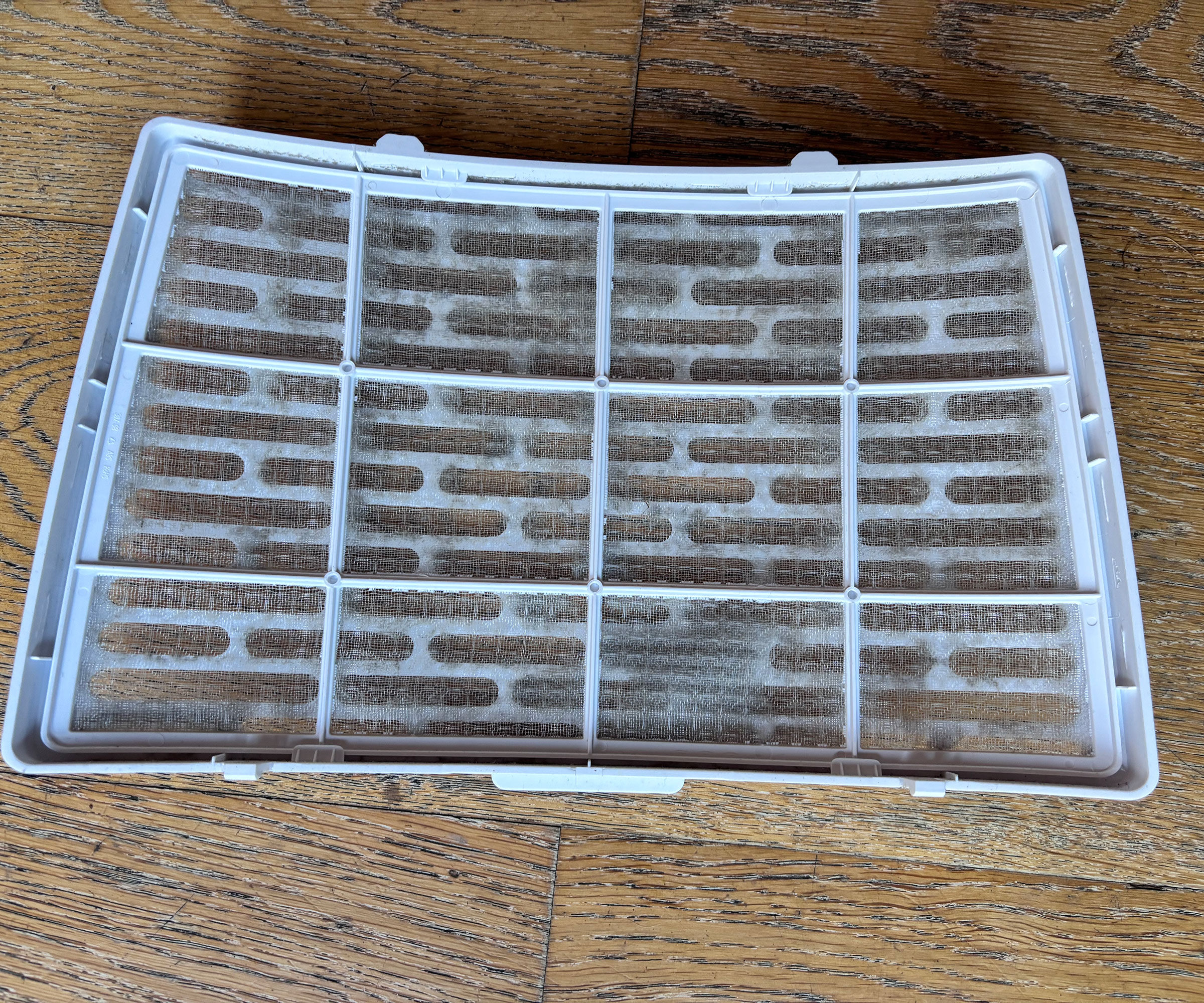
Living in an old house comes with lots of benefits – bags of charm and character included – but there are also some less welcome aspects.
Our home was built in the early 1900s and still has some of the original windows meaning, when winter hits, not only is it a pretty chilly place, but also that the glass tends to be streaming with condensation when we wake up and open the curtains.
This is not only a pretty bad look, but it also leaves the wooden window frames and sills covered water which, it turn, causes mold and the need for repainting them more often than we'd like.
Last year we did a bit of research into the best dehumidifiers around and ended up with the Meaco 20L Low Energy dehumidifier and, honestly, I couldn't be more pleased with the results.
Why I love using a dehumidifier overnight




If a stylish design is important to you when choosing your dehumidifier, then this is the great-value model for you. It comes in four different colors and is suitable for spaces up to 950 Sq. Ft. with a 90 oz water tank. One of the best things about this product is that is features a 'night mode' where the lights turn off and noise is reduced to 30 dB.

Perfect for large spaces, this dehumidifier has a 0.66 gallon (2.5 liter) water tank capacity and can be set to turn off automatically once your desired room humidity is reached. It can be connected to a hose to make manual draining of the tank unnecessary.

If you need a beast of a dehumidifier to work in enormous, open-plan spaces, this is the one. It works well for areas up to 5,500 square feet. It has a 1.06 gallon water tank yet still runs at only 45 dB, the hushed noise level of a library. Handy features include the maintenance reminders and front-view display that makes it easy to see humidity levels.
The condensation levels we were dealing with

Once colder weather set in, ,our windows resemble the inside of a shower screen in the mornings. I had put our dehumidifier away during the summer months but the condensation returning was my signal that winter was firmly here and its magic condensation removal properties were being called for.
Glenn Wiseman, manager at Top Hat Home Comfort Services says, 'Condensation happens when warm, humid air hits a cold surface, like your window, causing moisture to collect as droplets. Since we naturally release moisture while we sleep, bedrooms tend to get more humid, making them prone to this issue. A dehumidifier pulls in that moist air, removes the extra humidity, and releases drier air, which lowers the chance of moisture building up on cool surfaces like windows.'
If you are wondering how to stop condensation on windows overnight then read on to see the amazing difference our dehumidifier makes.
Without the dehumidifier, one of the first jobs of the morning used to be pulling out the most absorbent cloths we had and manually dry our windows off.

These are super absorbent, hard-wearing and just get better at mopping up spills the more you use and wash them. While they are perfect for mopping up window condensation to leave a streak-finish, they come in useful all over the house and are great for drying off pets too.
What I love about our dehumidifier

I live in the UK and our dehumidifier is the Meaco 20L Low Energy Platinum Dehumidifier And Air Purifier, which comes complete with a free HEPA filter. That's designed to remove things like dust mites and mold spores from the air which really offered us peace of mind given the age of our house. Before, we were constantly looking into how to remove mildew, but now there is no need.
Alongside whisking away the majority of the excess moisture that seems to get produced overnight, we love the fact that this model also has a laundry mode, meaning that it runs continuously for six hours before automatically switching off, regardless of the humidity in the room.
With no tumble dryer and limited space to hang out wet laundry, this is unbelievably useful when putting laundry to dry outside is no longer an option – plus it is cheaper to run.

If you're reading this in the US, this is a great HEPA filter dehumidifier and has an air purifying setting just like ours, too. It's on offer for Black Friday right now and a very affordable price point, especially given it's true HEPA filter and dual funtcions.
Emptying the water tank is strangely satisfying

There is something oddly pleasing about sliding out the water tank on the dehumidifier in the mornings to see how much water it's managed to remove from our sleeping quarters during the night. In fact, it is hard to believe quite how much water is hanging around in the air. The 20 litre tank tends to be around half full after a day of running.
We were really keen to ensure that we were getting the most out of our dehumidifier so made sure we researched the best place to put a dehumidifier.
Simon Allen, co-founder at Fountain Filters says, 'To maximize the effectiveness, place the dehumidifier in areas prone to higher humidity, such as near the window or close to the bed, where exhaled moisture accumulates throughout the night.
'Starting the dehumidifier an hour before sleep allows it to bring humidity down to an optimal level before moisture levels peak,' continues Simon. 'This prevents the environment from reaching the critical point where condensation forms.'
Keeping the bedroom door closed also seems to help – we definitely notice the difference when we leave the door open a crack compared to when it is firmly shut. Oh, and be sure to look into how to clean a dehumidifier to keep it in tip top condition.
Other things we do to reduce condensation

While the dehumidifier is such a help in our battle against bedroom condensation, there are other things we have done over the years which we find really helps with the issue.
One of these is to ensure you look into ways to improve ventilation in your home – simply opening the windows helps, although it does mean upstairs is pretty arctic. We also oped for thick, lined curtains and try to keep the temperature as steady as we can to avoid extreme fluctuations.
'Yes, using a dehumidifier can help reduce condensation on windows, but it’s effective mainly when paired with other methods,' confirms Jon Gilbertson, president and CEO at Chris Heating & Cooling. 'Consider combining a dehumidifier with a humidity-absorbing window film or moisture-wicking window treatments,' continues Jon. 'These specialized products are designed to work with the dehumidifier, capturing excess moisture directly on the window surfaces while the dehumidifier maintains lower room humidity levels. This dual setup can create a more balanced moisture control system, focusing both on the air and window surfaces.
'Since condensation forms due to temperature differences, insulating windows with thermal curtains or adding an insulating film can also help prevent those chilly surfaces that attract moisture, complementing the dehumidifier's effect.'
Take time now to look into how to weatherproof your windows and you will reap the benefits in the depths of winter.

If you want to up the thermal performance of your windows in a cost-effective way then this easy-to-apply window film could be just what you've been looking for. The kit comes complete with nine clear plastic sheets that can be made to shrink tightly to all kinds of windows using nothing more than a hairdryer. The kit also contains adhesive tape.

If, like in my house, your windows and doors are not a tight fit in their frames, weather strips can really save the day. This one has a super adhesive backing, making it easy to fit and keep in place, plus it is durable yet easy to cut to size. On another note, it will also really help when it comes to soundproofing your windows.

Thanks to the double layers of acrylic coating and a TPU black membrane, these stylish and heavyweight curtains not only keep out the cold in winter – they also help keep the house cool during the summer months. If that wasn't enough, they even help with soundproofing and will block out 100% of light so are perfect for bedrooms.
How much better is our window condensation using the dehumidifier?

I have to admit, I was a little skeptical that anything was going to help with our window condensation – but how wrong I was.
I am not saying there are never any traces of moisture on our windows when we use the dehumidifier, but the condensation problem is far more under control. In the instances where a little condensation still shows up, it tends to have been a very cold night and we do sometimes use the radiators in our bedroom to dry laundry which definitely makes things worse as the clothing's moisture rises into the air and eventually cools down on our windows.
Overall though, I wouldn't be without our trusty dehumidifier and highly recommend you give one a go if condensation is troubling your home.
FAQs
Is a dehumidifier noisy to run at night?
No dehumidifier is going to be totally silent when running and we all know how sounds seems to be magnified during the dead of night.
Ours does emit a little humming sound which is audible at night. This absolutely doesn't bother me – in fact I find it kind of soothing and, according to the manufacturer's specifications, it only has a noise level at one meter of a maximum of 46 dB.
My husband, on the other hand, likes things totally silent when sleeping so we do sometimes switch it off just as we go to bed and on again when we wake and it still works really well.
Bear in mind that a slight nighttime hum is better than spotting signs of mold in your home that could lead to health issues.
Meet the experts
Still unsure whether you should invest in a dehumidifier? Research what does a dehumidifier do before making your decision.







